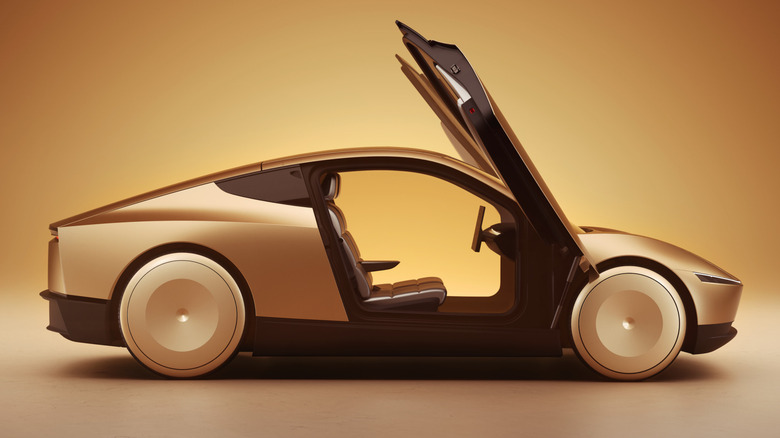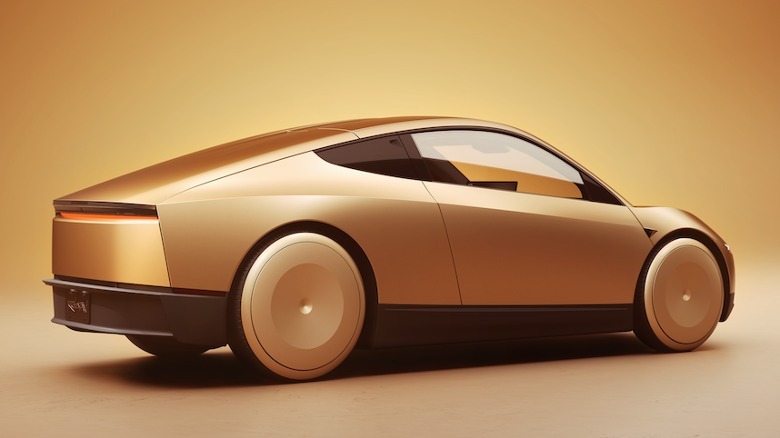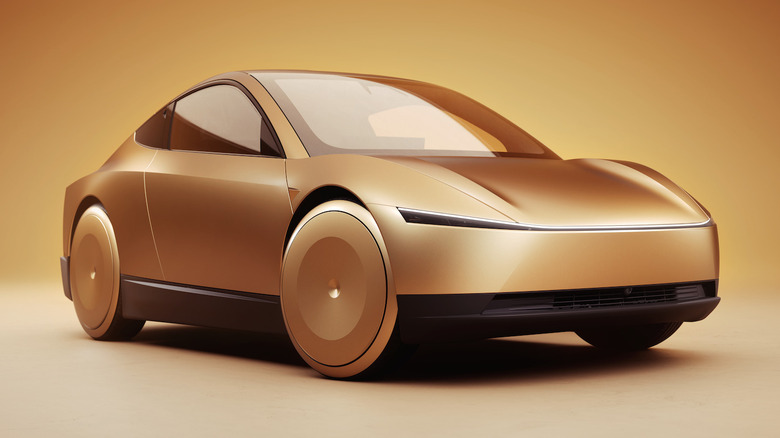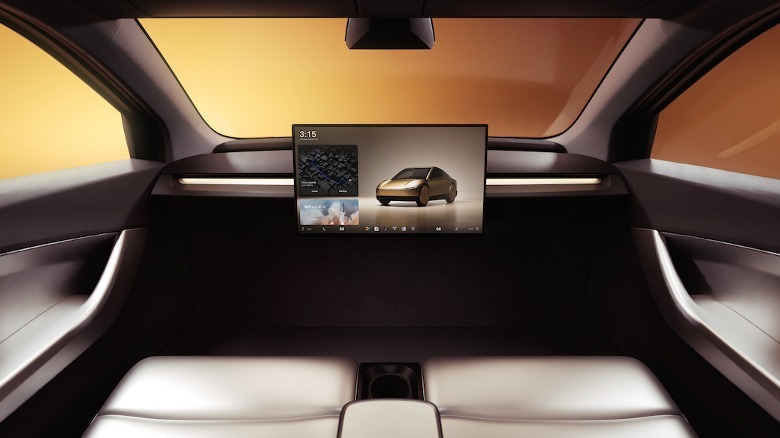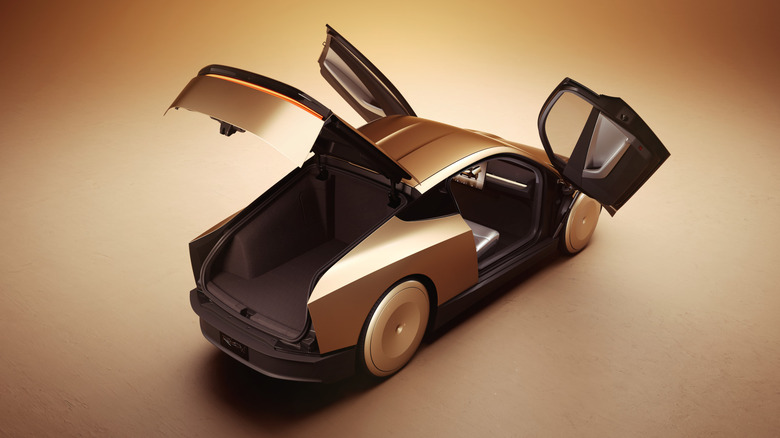Elon Musk's Cybercab Hype Is Smoke, Mirrors And Wishful Thinking
Elon Musk made a lot of promises about new Tesla products last night during the automaker's livestreamed "We, Robot" event. Those new Teslas included a robotic taxi, dubbed the "Cybercab" following Tesla's typical verbiage, not to mention a bigger, 20-seat autonomous version called "Robovan." The operative word during all of these announcements is "promises," of course, and the thing about those is that — particularly when you're Elon Musk (and by extension Tesla) — you don't have to deliver on them at all.
Underneath all of the smoke and mirrors that comprises Tesla's entire oeuvre in recent years, Elon's goal is to make headlines and make Tesla's stock numbers go up (for what it's worth, Tesla's stock was down more than seven percent when the market opened on October 11th).
Before you dismiss that as simply Tesla hate, it's also clear that the automaker has objectively sold more electric vehicles than any rival. It knows how to do that, even if demand has paled more recently in the face of increasing competition. Yet taking a look at how Tesla treats its current stable of products can tell you everything you need to know about the chances anyone will see — or want to buy — a functional, mass-produced Cybercab anytime soon.
It's not gonna happen (at least, not like Musk says it will)
The Model 3, Model Y, Model S, Model X, and Cybertruck are the entirety of Tesla's automotive footprint. The Cybertruck is the only entirely new model since the Model Y launched back in 2020. The Model 3 underwent a refresh earlier this year in the form of the Highland, and that's about it for recent changes to Tesla's lineup.
It's been a popular range, for sure, but it's undoubtedly stale. It's coasting entirely on name recognition, price promotions, and general lack of serious competition from legacy automakers. Seriously developing new vehicles costs a lot, but promising them is far more affordable.
Elon Musk knows this well, and the Cybercab, Full Self-Driving, and Optimus robotics are just enough to get the brand back into the headlines again. The bigger question is how long they'll languish in the "Coming Soon" section of Tesla's website. Fully autonomous Robotaxis, like the proposed Cybercab hopes to be, are real in a very limited sense: companies like Waymo and Cruise have demonstrated at least some ability to make a functional vehicle than can operate without human intervention. Still, the technology is in its infancy, and there are no fully autonomous vehicles in mass production nor true Level 4 or 5 self-driving cars on sale to individuals.
A wishlist not a product roadmap
There are very real reasons why Tesla can't deliver on what it proposes the Cybercab to be. First, Elon suggested that the robotaxi would come in at an MSRP of under $30,000. Problem is, Tesla hasn't been able to deliver on any of its aggressive price goals: the Tesla Model 3 was supposed to be $35,000 way back in 2017 when it launched, but it has never even gotten close to that price without heavy federal incentives and deceptive "proposed savings."
On the software side, meanwhile, Tesla's infamous "Full Self-Driving" suite still can't operate without a babysitter behind the wheel. "We'll move from supervised full self-driving to unsupervised full self-driving," Musk insisted during this week's event, "where you can fall asleep, and you'll wake up at your destination." Right now, though, FSD is almost always mired in a legal scandal, rather than showing any conclusive evidence that it can operate safely without a human monitoring its actions.
Finally, out in the real, legislative world, there are very few cities in the United States, much less the rest of the globe, where a robotaxi or otherwise fully autonomous car can even operate. Even if Tesla successfully navigated approval for each of those locations, persuading people to buy a vehicle lacking physical controls and which literally can't be used outside of those operational domains seems a deeply difficult pitch. Elon Musk may want all of this to happen by 2027, but it's hard to see how the production, software, and legal hurdles could even be close to overcome in a little over two years time.
